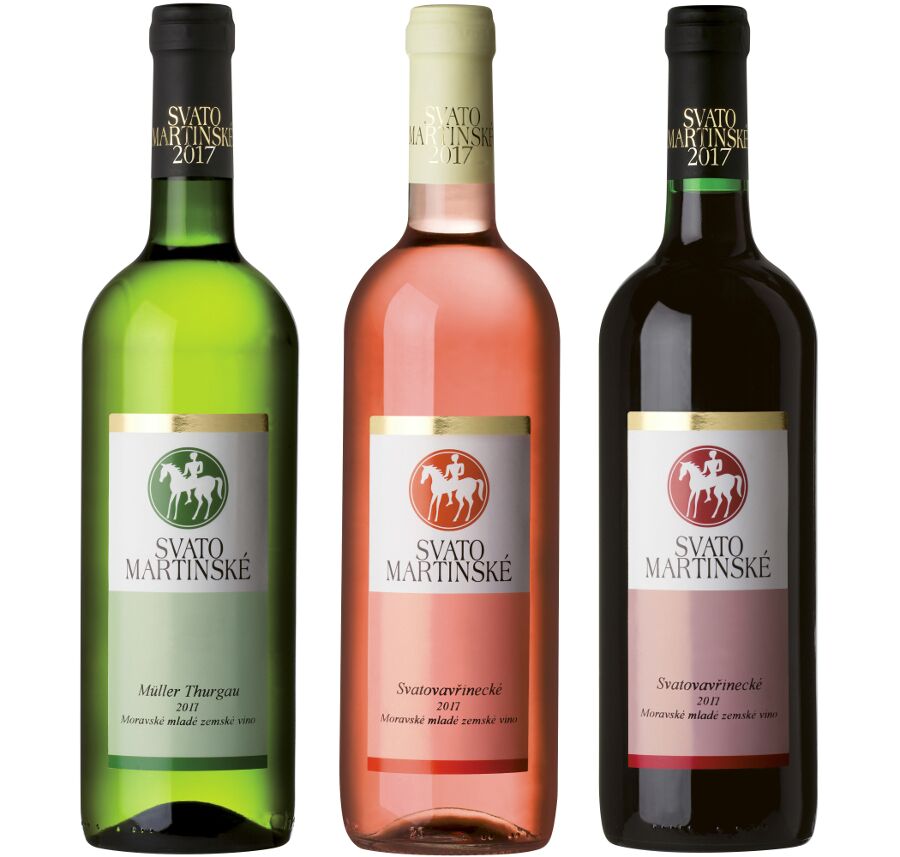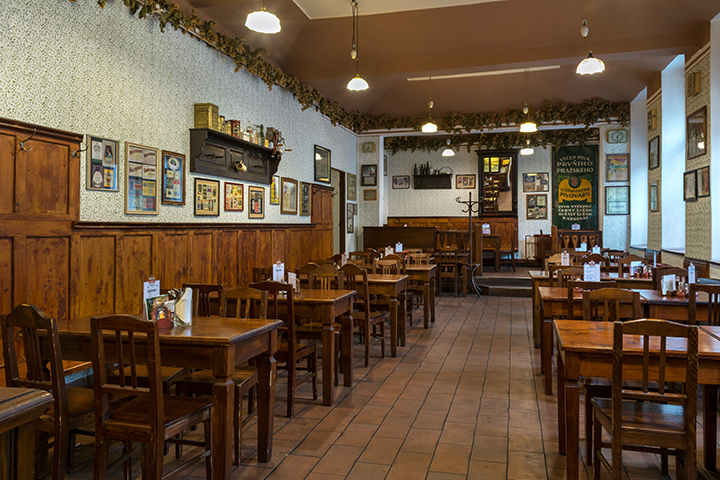Unlike the days of All Saints on the 1st of November and All Souls on the 2nd, the 11th of November is a day dedicated to just one saint: Saint Martin. But to make it special regardless, the day wouldn’t be complete without a delicious accompaniment: Saint Martin’s Goose. And for the bon vivants among us, Saint Martin’s Wine isn’t a bad cherry on top of this traditional feast.
Saint with Half a Cloak
Saint Martin of Tours is an early Christian saint, popular especially in France, where there are over 1,500 churches dedicated to him. His life started in early 4th century in modern-day Hungary, in the city of Szombathely, known as Sabaria back then.
Saint Martin was born into a military family, and his very name is an homage to Mars, the god of war. As the son of a veteran officer, Martin’s life inevitably brought him into the Roman military, specifically heavy cavalry.
He was fascinated by Christianity, though, and early on he stood out from the crowd. Legend says that when approaching the city of Amiens, he saw a beggar with barely any clothes on. Realising he had no money or food to give him, Martin took his own military cloak, cut it in half and shared it with the beggar. The next night, Martin had a vision of Jesus Christ, and knew he was on the right path. This little incident gave us the words “kaple” and “kaplan”, or “chapel” and “chaplain” in English, from the Italian “capella”, a little cloak.

After his military service came to an end, he spent ten years living as a hermit, but he brought his military fervour into his faith, becoming a warrior of Christianity and an iconoclast. The early Christian church had many sects and different sub-beliefs, many of whom tried implementing elements of earlier, Pagan faiths. Saint Martin tried to eradicate these beliefs in his birth region, but eventually had to flee.
Geese Snitches Get Stitches
His incredibly strong faith, and even miracles that would happen during his services, soon started to draw attention and when the bishop from the city of Tours died, the local people wanted Martin to become the new bishop.
He, however, had different ideas. He had no interest in the wealth, influence and opulence that came with the bishop’s office, and when they came to convince him, he tried to hide from them in a stable filled with geese.

The traitorous waterfowl started quacking and cackling, betraying Martin’s hiding spot and forcing him to accept his new office.

When Bishop Martin of Tours eventually died, he became one of the first Christian saints who became saints not because they died a martyr’s death, but because they lived a saintly life.
He became a patron saint of soldiers, especially cavalry, of winemakers, beggars, reformed alcoholics, and geese. Makes you wonder how he feels about the things we do in his name these days…
Delicious Snitches
Traditionally, his feast day, the 11th of November, used to be the beginning of 40 days of fasting in preparation for Christmas. These days, the fasting is reserved more for the Advent, the four weeks preceding Christmas Eve. But before a fast, you’d be silly not to get stuffed one last time.
That’s why we celebrate Saint Martin with delicious roasted geese. Often accompanied by cooked red cabbage and “knedlíky” (“dumplings”, for lack of a better word, but think of them in the most general sense of “boiled dough”).
The folk tradition also included some symbolic division of the goose – the lowest servant would get the wing, so he’d by flying all over the place. Mid-tier servants would get the legs, presumably so they’d run around better, and the head of the household would keep the rest.
A lot else was happening around Saint Martin’s day as well – it was the time when the hired servants of a farmstead finished their service, received their pay and either extended their contracts or started looking for new jobs. With that, unsurprisingly, came a lot of merriment and celebration, sometimes outright vandalism and hooliganism. Often bolstered by another tradition of the day…
Something to Wash the Goose Down
When it comes to wine, you might call Czech people a little bit impatient. Not only do we greatly enjoy burčák, which is essentially just grape juice with a few weeks of fermentation, but we can’t be bothered to wait for actual wine, either.
The French had started making a big deal out of Beaujolais nouveau, the first wine of the season from the Beaujolais region, opened on the third Thursday of November (this year, that’d be the 16th) and enjoyed greatly all over the world.
Not to be outdone, we keep up by celebrating Saint Martin’s Wine, this year beating the French by five days, opening the first bottles on the 11th of November at 11 a.m. all over the country.

Admittedly, this tradition may very well come from the Franks and got to us through Switzerland and Germany, and considering Saint Martin is one of the most popular saints in France, it’s hardly surprising.
Where to Have a Feast on Saint Martin’s Feast?
The best place I can recommend to enjoy this November tradition is in Žižkov. Žižkov is a very authentic neighbourhood of Prague, rumoured to be the place with the densest concentration of pubs in the world.
I wouldn’t be too surprised if that were true, but the oldest amongst them is U Slovanské lípy, “At the Slavic Linden Tree”. Their daily menu includes a wonderful tagline: “Don’t cook at home – we cook well!”

Wherever you decide to spend this year’s 11th of November, make sure you choose someplace warm, because the folk proverb for the day is “Saint Martin arrives on a white horse”. Yet another reason for a hearty meal!
Happy Saint Martin’s Day!

